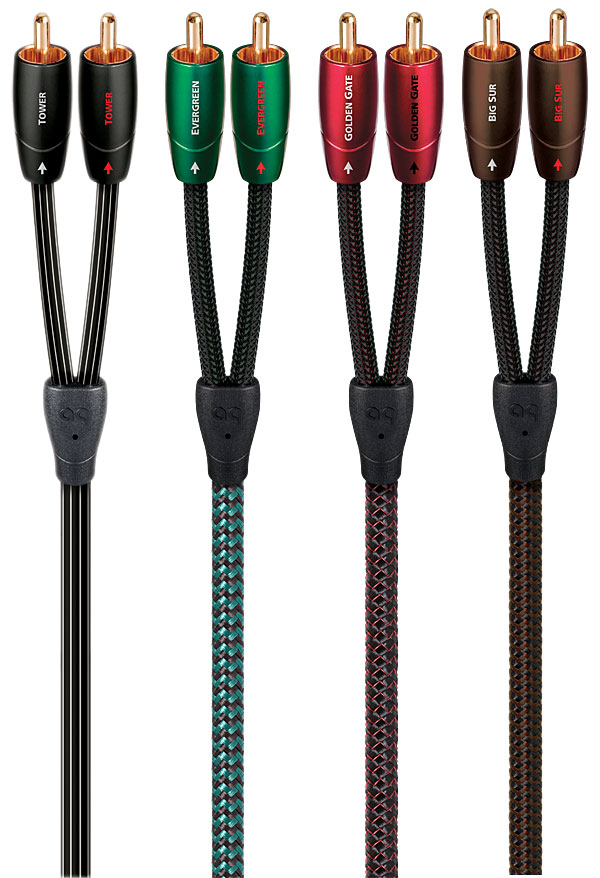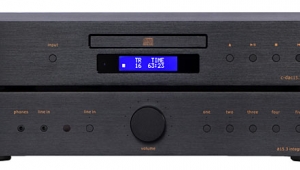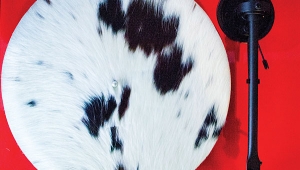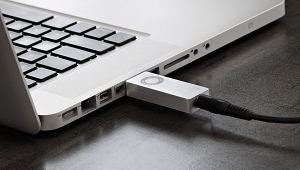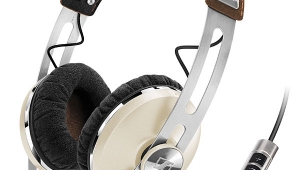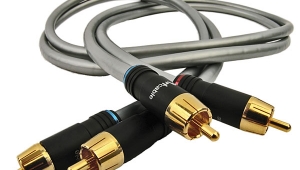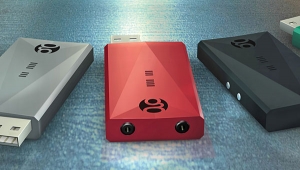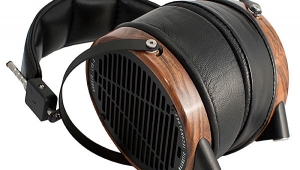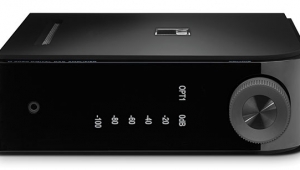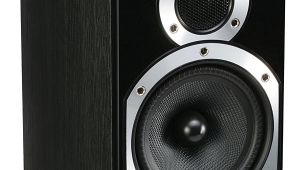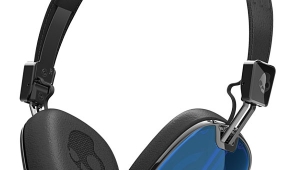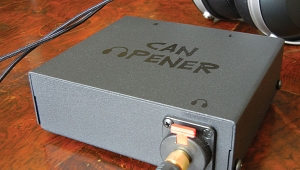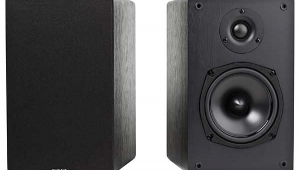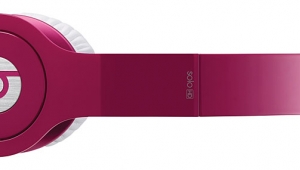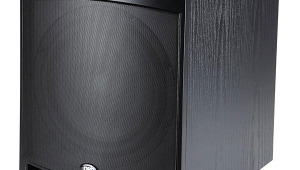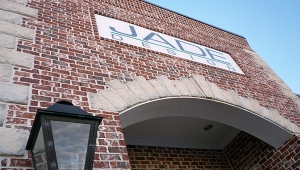| Columns Retired Columns & Blogs |
As an Entry Level hobbyist myself, I always enjoy reading your articles. Last March I purchased the 10.1's for my system downstairs and enjoy them everyday. Of course there are some speakers in this price range that do one or two things better, but the Wharfedales strike such a balance at this price point that they're impossible not to love.
I'm glad you got a pair up and working again and look forward to hearing your continued adventures in affordable HiFi.
